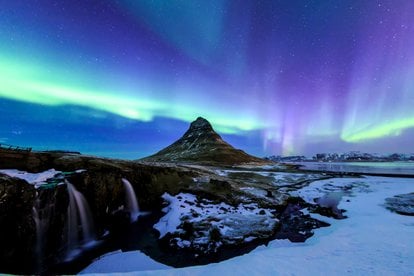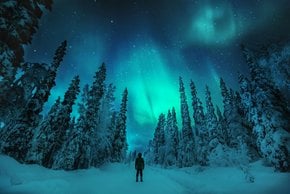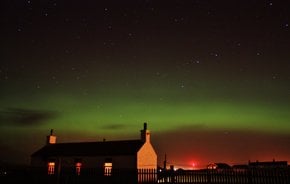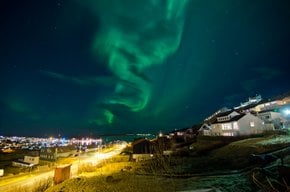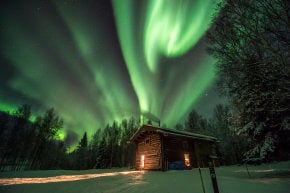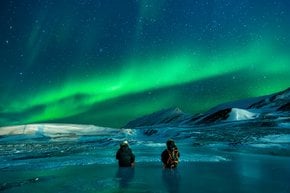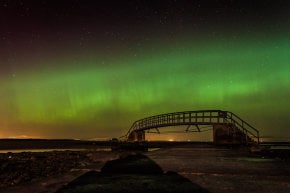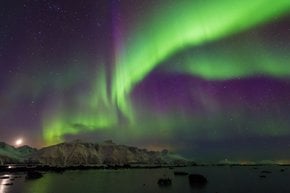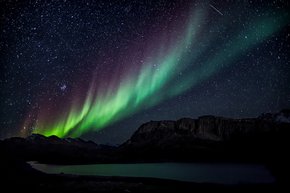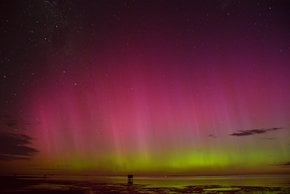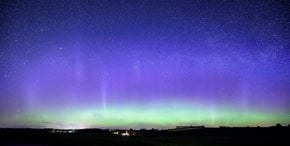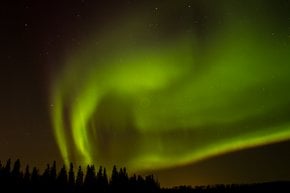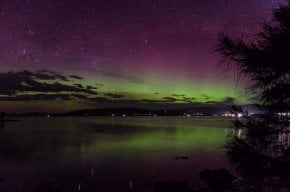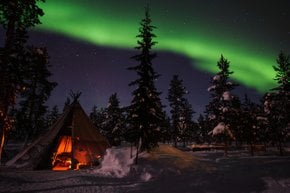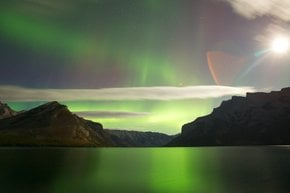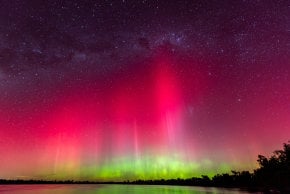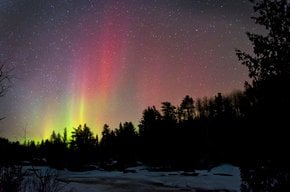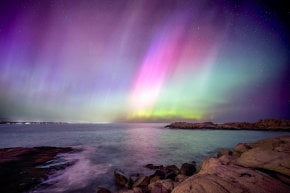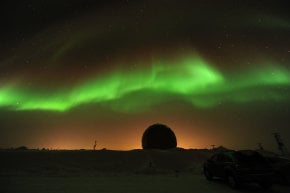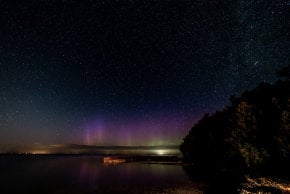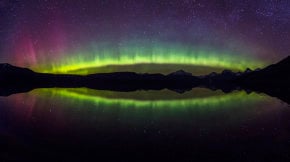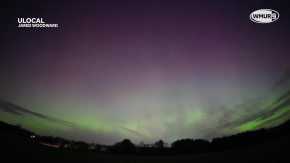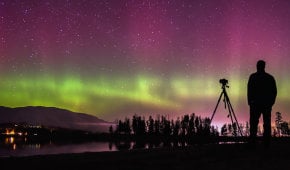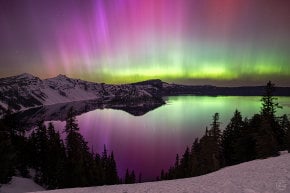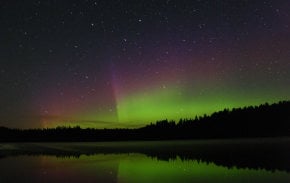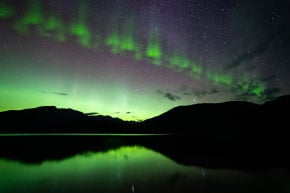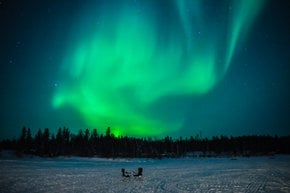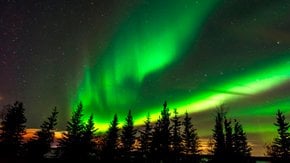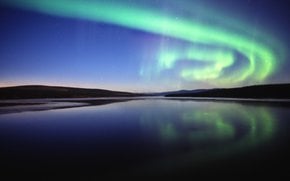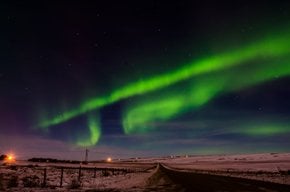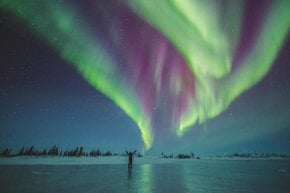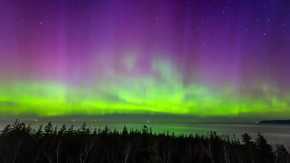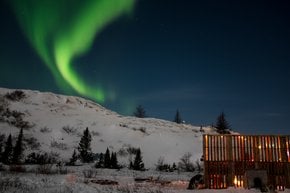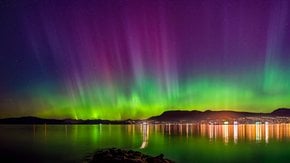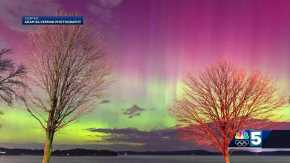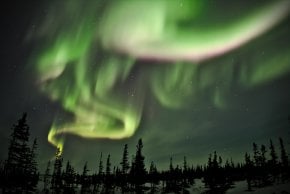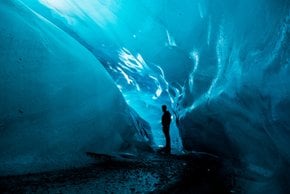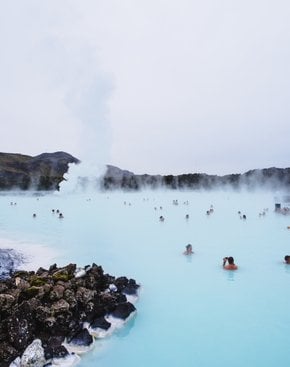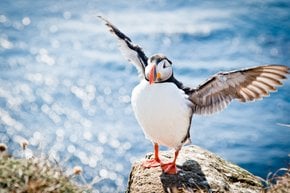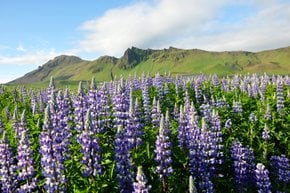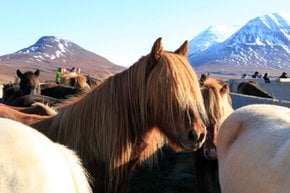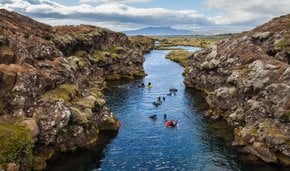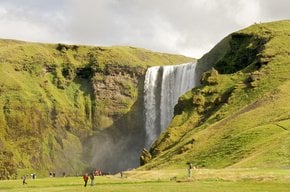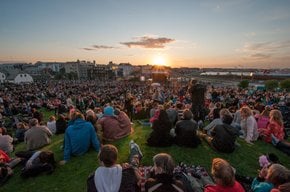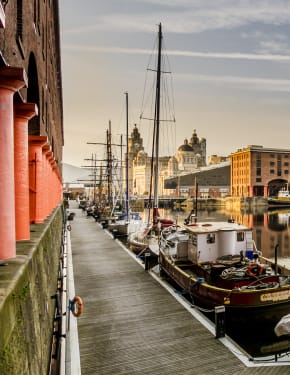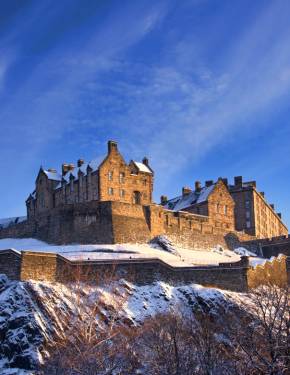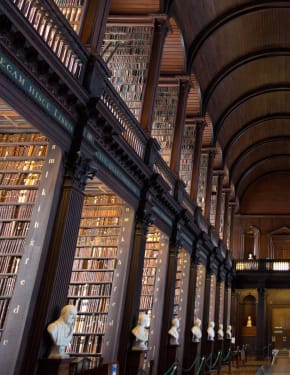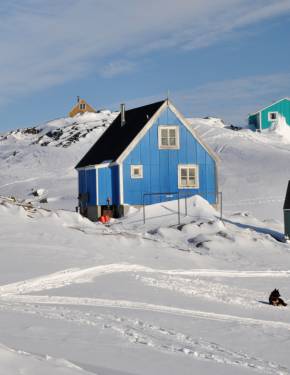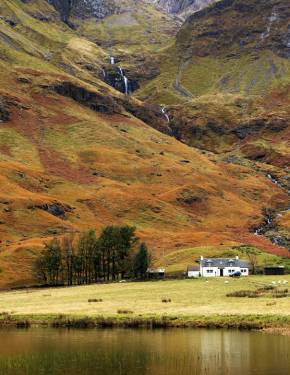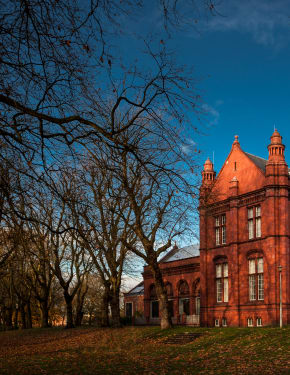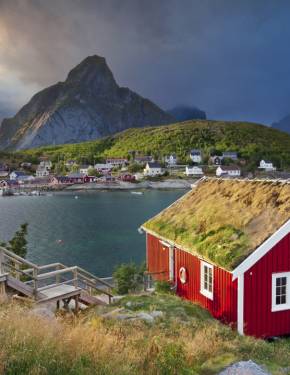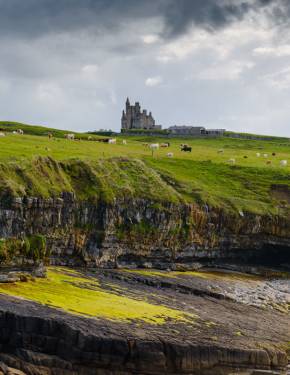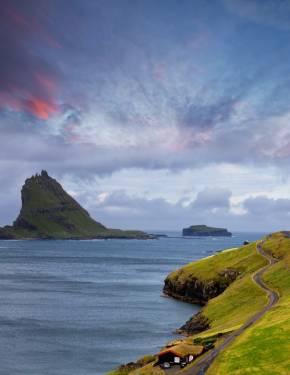Northern Lights in Iceland 2025-2026
A rare and spectacular show with colors ranging from blue to green is one of the leading reasons to visit Iceland
Best time: September–mid-April
With its untouched nature, serene waters, and astonishing cliffs, Iceland is one of the best places in the world to experience the northern lights phenomenon. The island country also is located on the latitude of about 64° north, which is suitable to see the aurora. It would be best if you chose a place that is far away from cities. The darker, the better, although if you come across aurora borealis in Reykjavik, you'll be able to see something as well. The undertones of blue, yellow, green, and, if you get lucky, red will make your Icelandic nights so much brighter.
When to see aurora borealis in Iceland?
The season for the natural light show lasts from September to mid-April. At other times, the midsummer light is too bright to see the aurora. To see the dancing lights, the night has to be extremely dark, so avoid full moons. On the contrary, the winter equinox period is usually a good time. The night should also be very clear, without clouds that block the lights. The northeastern part of Iceland usually has fewer clouds than other regions.
Aurora Forecast
Forecasting the aurora borealis can be challenging, with predictions often available only a few days in advance. Despite the uncertainty, checking official prediction websites can increase your chances of witnessing aurora borealis. Check the websites of the NOAA/NWS Space Weather Prediction Center, University of Alaska Fairbanks, which publish aurora forecasts. It would be best if you looked for numbers that are larger than Kp 2, which gives you a good chance to witness the wonderful phenomenon and capture it on camera.
Where can you see the northern light in Iceland?
Westfjords
Westfjords region in North Iceland is known to have longer nights due to its location and fewer clouds than other parts of the country, which gives better chances to get a glimpse of aurora borealis. The region is also less populated, so there is less light pollution. You can book a guided tour with one of the local operators or go on an aurora-chasing adventure by yourself. The old Viking ruins at Vatnsfjörður and the historical town of Ísafjörður will provide some picturesque details for your aurora pictures,
Jökulsárlón Glacier Lagoon
South Iceland is renowned for its remote locations ideal for viewing the Northern Lights, with Jökulsárlón Glacier Lagoon being a standout spot. Located near the Vatnajökull Glacier, this lagoon is often referred to as "The Crown Jewel of Iceland" due to its breathtaking icebergs and stunning scenery. The lagoon is accessible via the Ring Road from Vík, or you can find one of South Iceland's black sand beaches to enjoy the auroras. Jökulsárlón's icebergs, which break away from the Breiðamerkurjökull glacier and float in the lagoon, create a mesmerizing scene. If you're lucky, the Northern Lights will dance across the sky, visible from both Jökulsárlón and nearby Diamond Beach, just a five-minute walk away.
Set within Vatnajökull National Park, the second-largest nature reserve in Europe, Jökulsárlón boasts dramatic landscapes of steep mountain slopes, icy crevasses, and lush vegetation. Its remote location ensures minimal light pollution, making it an ideal destination for Northern Lights enthusiasts who seek a dark, unobstructed view. The combination of the lagoon's striking visuals and the pristine darkness of the surrounding area makes Jökulsárlón an unparalleled spot for experiencing the aurora.
Austurland
East Iceland or Australia is also known to be a good location to watch the northern lights. Most tours take place around Egilsstaðir, a small town located on the banks of the Lagarfljót river. Reflections in the river will help you make stunning aurora photos. Go on a hike with a local aurora-watching group to get away from the lights and closer to the stars.
Reykjavik
Greater Reykjavik area luckily doesn't have that much light pollution, which makes it quite suitable for the Northern Lights chase. The ideal spot for that is Grótta, a nature preserve on the very end of the Seltjarnarnes Peninsula, northwest of Reykjavík. If you get lucky you can capture Northern Lights by the Iconic Grotta Lighthouse. The area is also known for its vivid birdlife. Laugardalur Park and Oskjuhlid forests are good places to go on a night excursion, being not far from the center and easy to navigate.
In Reykjavík, the Northern Lights are often dimmed by city lights, but you don't have to go far to find good viewing spots. The coastal walk to Grótta, just an hour from the city center, offers views of the Grótta lighthouse and is popular when aurora forecasts are promising. For more solitude, head to the Heiðmörk Nature Reserve, accessible by public transport to Norðlingaholt or by car. To photograph the Northern Lights over the Reykjavík skyline, the hill of Öskjuhlíð provides an excellent vantage point.
Northern Lights Cruises
Boat tours are an easy option in order to enjoy the Northern Lights in all of their glory. The boats will take you far into the sea and away from light pollution. Water reflections will create great effects, and it's also a very comfortable option since you don't have to hike in the cold night. Northern Lights Cruises are available from Reykjavik, heading to Faxafloi Bay, and from Akureyri, going to Eyjafjordur Fjord. The tours last for about two hours.
Northern Lights Tours
Several bus companies in Reykjavík offer Northern Lights tours, typically lasting about three hours. These tours include a 30-minute drive to dark, scenic areas like Lake Kleifarvatn and the Bláfjöll Mountains. While you can hunt for the Northern Lights on your own, tours provide the advantage of experienced guides and drivers skilled in winter conditions, making the experience more comfortable. Many winter day tours are also tailored for aurora viewing, often combining the Golden Circle with a final aurora stop or visits to geothermal baths at night.
Tips for catching Northern Lights
If you missed the northern lights before, remember they don’t need to be directly overhead and can be visible from over 600 miles away. Escape city lights and obstructions, look north a few hours after sunset, and watch for colors like green, pink, and red. Colors are often most vivid around midnight. Modern smartphones, like the iPhone 14, can capture the aurora well, especially with night mode and a steady hand or tripod.

